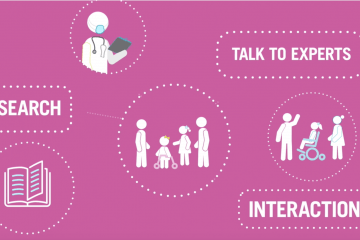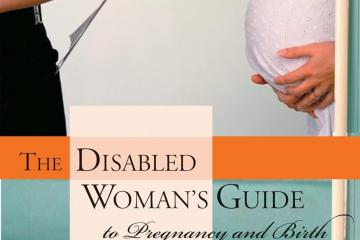Cerebral Palsy Treatment Overview
Although Cerebral Palsy can’t yet be cured, early intervention and treatment will often improve capabilities and long term outcomes.
There is no standard therapy that works for every individual with CP. Once the diagnosis is made, and the type of CP is determined, a team of health care professionals will work with a child and his or her family/caregivers to develop an appropriate plan to maximize the child’s quality of life.
You or your child may need one or several different types of treatment depending on how severe the symptoms are and what parts of the body are affected. Targeted intervention and treatment may help to improve function for the nervous system and musculoskeletal system.
Families may also work with their health care providers and, during the school years, school staff to develop individual care and treatment programs. As adults remaining physically active and working with your care team to ensure that you prevent health decline due to a sedentary lifestyle is key to maximize and optimize health and quality of life.
Therapeutic Options
PHYSICAL THERAPY
Physical therapy usually begins in the first few years of life or soon after the diagnosis is made. Specific sets of exercises (such as resistive, or strength training programs) and activities can maintain or improve muscle strength, balance, motor skills, and prevent contractures.
OCCUPATIONAL THERAPY
Occupational therapy focuses on optimizing upper body function, improving posture, and making the most of a child’s mobility. Occupational therapists help individuals address new ways to meet everyday activities such as dressing, going to school, and participating in day-to-day activities.
SPEECH AND LANGUAGE THERAPY
Speech and language therapy can improve a child's ability to speak more clearly, help with swallowing disorders, and learn new ways to communicate. Examples include sign language and/ or special communication devices such as a computer with a voice synthesizer, or a special board covered with symbols of everyday objects and activities to which a child can point to indicate his or her wishes. Treatments for problems with eating and drooling are sometimes necessary if a child has problems controlling the muscles of their mouth, jaw, or tongue.
Orthotic devices
Braces, splints, and casts can be placed on the affected limbs and can improve movement and balance. Other devices that can help with movement and posture include wheelchairs, rolling walkers, and powered scooters.
Assistive devices and technologies
These include special computer-based communication machines, Velcro-fastened shoes, or crutches, which can help make daily life easier.
Surgery
A person may need surgery if symptoms are severe. For instance, surgery can lengthen stiff, tightly contracted muscles. A surgeon can also place arms or legs in better positions or correct or improve an abnormally curved spine. Sometimes, if other treatments have not worked, a surgeon can cut certain nerves to treat abnormal, spastic movements. Before conducting surgery, it is important for a health care provider to assess the procedure’s benefits by carefully analyzing biomechanics of the joints and muscles.
ADAPTIVE PHYSICAL ACTIVITY, SPORTS, AND RECREATIONAL THERAPY
Encourages participation in community programs, sports, and other events that help an individual expand physical and cognitive skills and abilities. Research has shown improvement in their child’s speech, self-esteem, and emotional well-being.
Medications
Certain medications can relax stiff or overactive muscles and reduce abnormal movement. They may be taken by mouth, injected into affected muscles, or infused into the fluid surrounding the spinal cord through a pump implanted near the spinal cord. For children who have cerebral palsy and epilepsy (seizures), standard epileptic medications should be considered, but these medications may also have negative effects on the developing brain.
ORAL AND INJECTED ORAL MEDICATIONS
Medications such as diazepam, baclofen, dantrolene sodium, and tizanidine are usually used as the first line of treatment to relax stiff, contracted, or overactive muscles. Some drugs have side effects such as drowsiness, changes in blood pressure, and risk of liver damage that require continuous monitoring. Injected oral medications are appropriate for children who need only mild reduction in muscle tone or with widespread spasticity. Botulinum toxin injections are most effective when followed by a physical therapy program, muscle retraining, and possibly splinting. Such injections work best for children who have some control over their motor movements and have a limited number of muscles to treat, none of which are fixed or rigid. Intrathecal baclofen therapy uses an implantable pump to deliver baclofen, a muscle relaxant, into the fluid surrounding the spinal cord. Baclofen decreases the excitability of nerve cells in the spinal cord, which then reduces muscle spasticity throughout the body. The baclofen pump is most appropriate for individuals with chronic, severe stiffness or uncontrolled muscle movement throughout the body.







